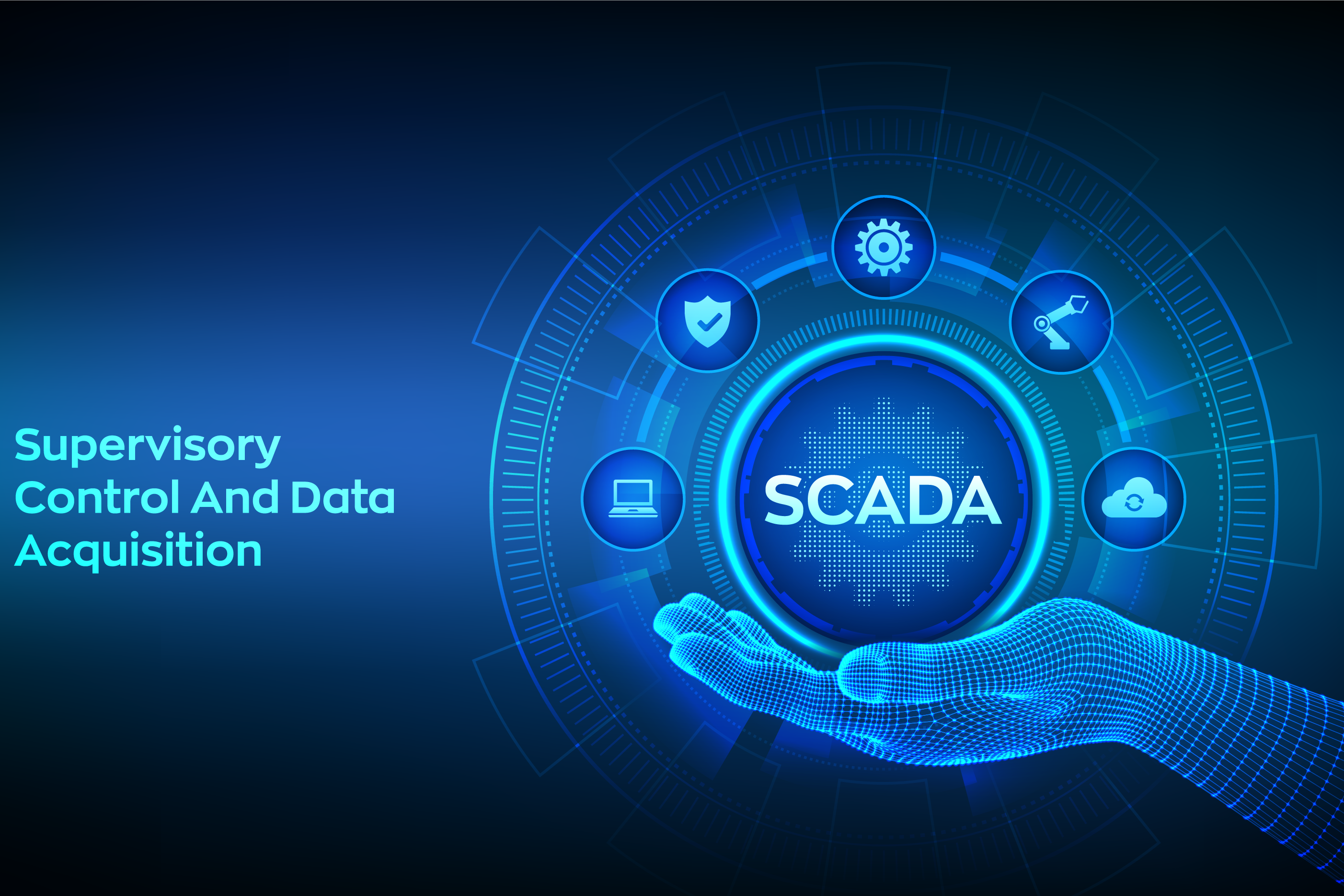Solar DAS and SCADA Defined
This is the first of a series of blogs on the technical aspect of solar PV DAS and SCADA systems. So, to set the series stage, I thought the first topic should be just what do we mean by the two terms? Let’s explore that a little bit.
DAS is an anacronym for Data Acquisition System. That’s nothing more than a term for a system that has the capability to poll or query field installed devices that have information included in their operating systems. And then accumulate the data into some sort of table, spreadsheet or the like and then do something with that data. Really pretty simple.
SCADA on the other hand is more complex and provides more functionality. SCADA is short for Supervisory Control And Data Acquisition. Note that Data Acquisition is a part of that name and performs the same function as a DAS system. But in this case, it uses the data to supervise and control systems, not just report on them.
A couple of examples to hopefully add some insight…
Old MacDonald had a farm…. a solar farm that is and it was a small one, about 1 MW of AC delivery capacity. It was a fixed tilt racking system, had two 500 kW central inverters, a site meter and basic weather system. All Farmer MacDonald wanted was information from the system…how it was performing, what the irradiance and temperatures were and some notice that something was not functioning quite right. His provider suggested a basic DAS system with the ability to log-in to a website and that showed everything the farmer needed to know.
But Old MacDonald’s son, Mac Jr had bigger plans. He had about 200 acres under cultivation…of a cash crop called solar PV. All total about 60 MW AC capacity, with 20 inverter/transformer skids, single axis tracker racking, more weather sensors than you could count and the best thing of all, his own very own personal substation connected to the transmission grid at 115kV. That boy was proud of that farm, but getting it connected to the grid took a lot of work to meet the utilities requirements for remote control, grid support for frequency and voltage control, reactive power support and the ability to throttle it back or even turn it off completely when needed. Mac’s EPC was sharp too and he provided an industrial grade communications infrastructure out in the field to connect everything together and then installed and programmed a rack full of computers, RTAC’s, managed Ethernet switches and fiber optic cables everywhere in the substation One of those computers is running the SCADA software that keeps everything communication, reporting and saving the vast amounts of data being acquired from the arrays and allowing the utility to control and regulate the site to meet their requirements. The other equipment keeps the utility connected and makes the connections to the devices in the filed such as the inverters, tracking controllers and the weather instruments.
And just like Old MacDonald, Mac Jr. had a fabulous web-based display that showed everything on the site and if it was working as expected or not. Same information, but a whole lot more of it for sure. And those pretty buttons could turn things on or off if needed too…Pop’s system sure wasn’t that fancy.
Keep in mind this is a very basic comparison and there is a lot more to know and to discuss to become a solar data master. We’ll talk more about the hardware that makes each system work and how the data is collected, stored, and reported in future sessions.
Thanks for stopping by and I hope to see you all again soon.
Keith
###
Keith Davis is the president of Renewable Energy Integration Group (REIG), a Charlotte, NC based firm focused on all things control, data acquisition and SCADA in the commercial, industrial, and utility solar PV marketplace. He and his team are innovators and leaders in the industry and provide professional hardware, robust monitoring software and service beyond the expected. We take the complexity out of solar data!




